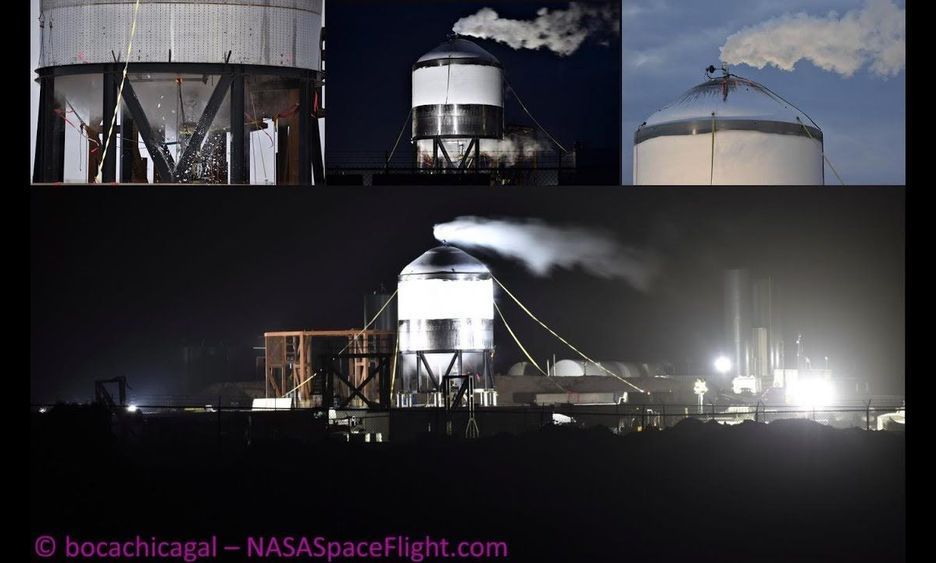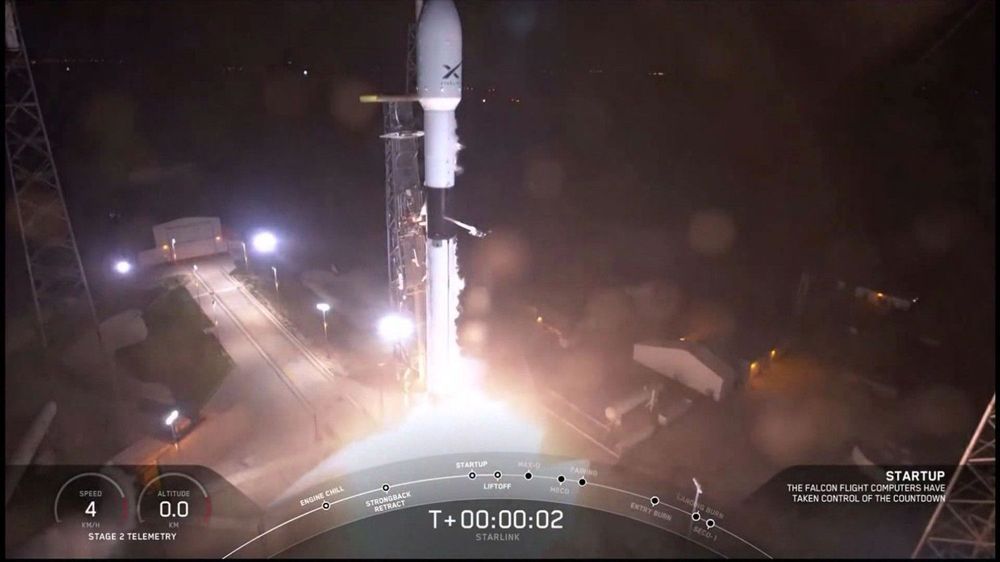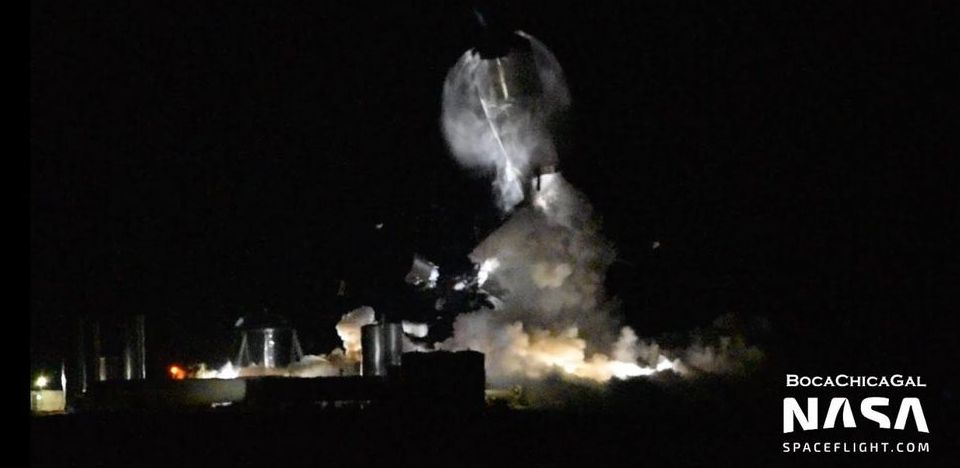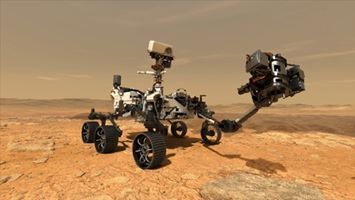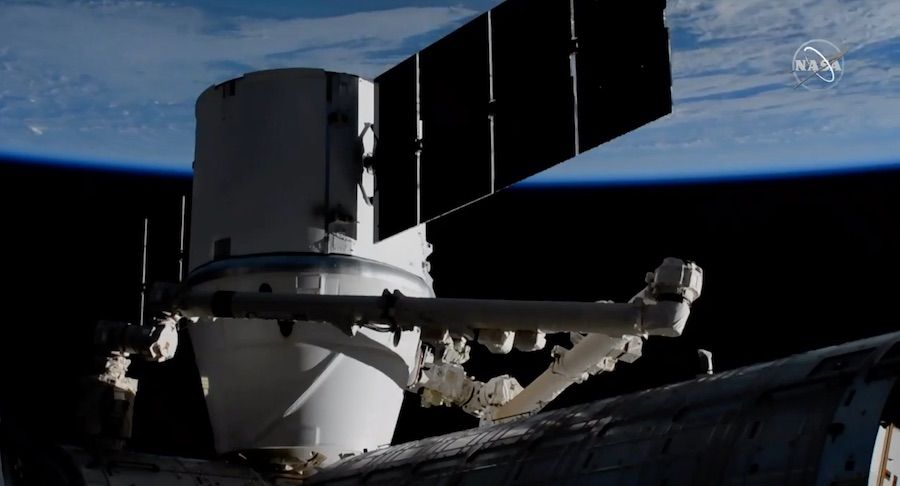
For the final time, a SpaceX Dragon cargo capsule approached the International Space Station Monday for capture with the research lab’s robotic arm, delivering more than 4,300 pounds of food, experiments and spare parts. Future Dragon resupply missions will use a new spaceship design to automatically dock with the space station.
The unpiloted cargo freighter completed a two-day pursuit of the space station Monday with an automated approach to the orbiting research outpost.
After moving into position less than 40 feet (12 meters) below the station, the Dragon capsule halted its approach and astronaut Jessica Meir took control of the research lab’s Canadian-built robotic arm. Meir, assisted by crewmate Drew Morgan, captured the Dragon spacecraft at 6:25 a.m. EDT (1025 GMT) Monday, more than a half-hour ahead of schedule.


